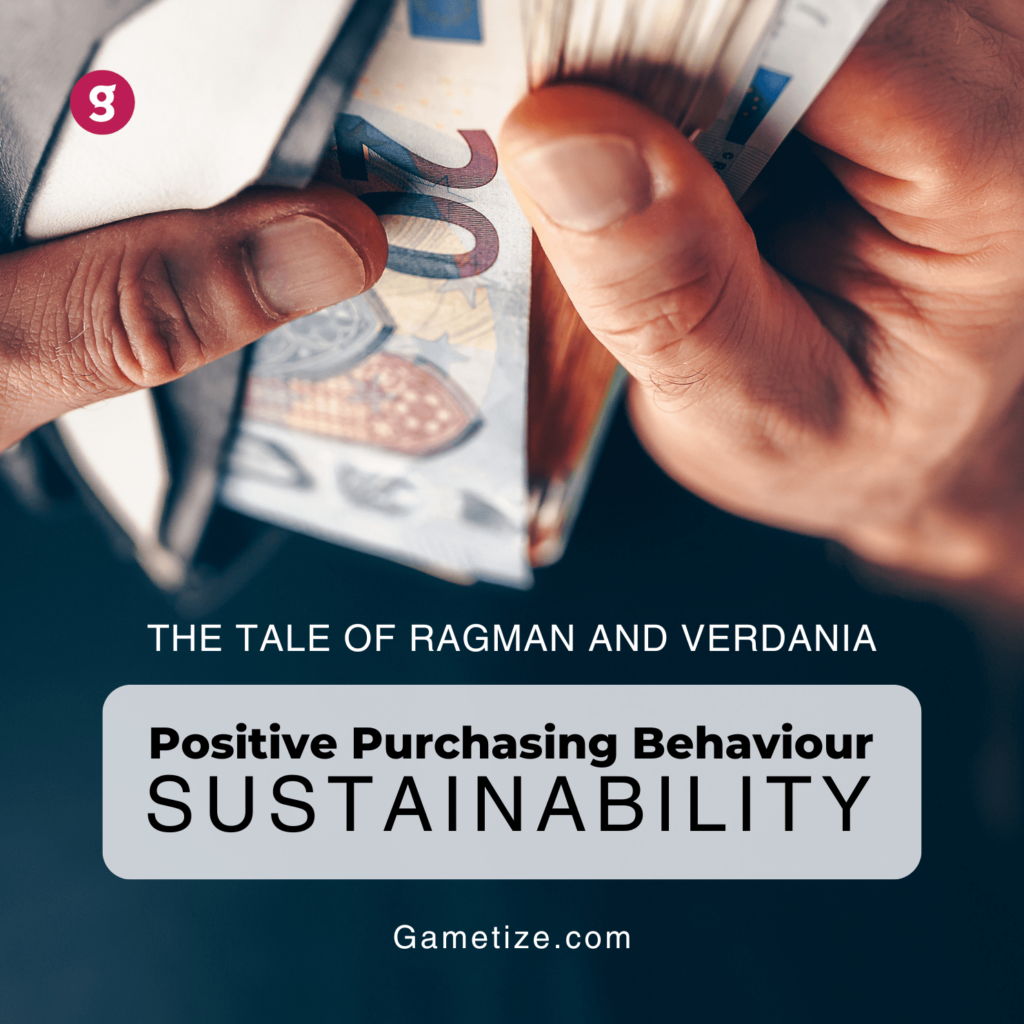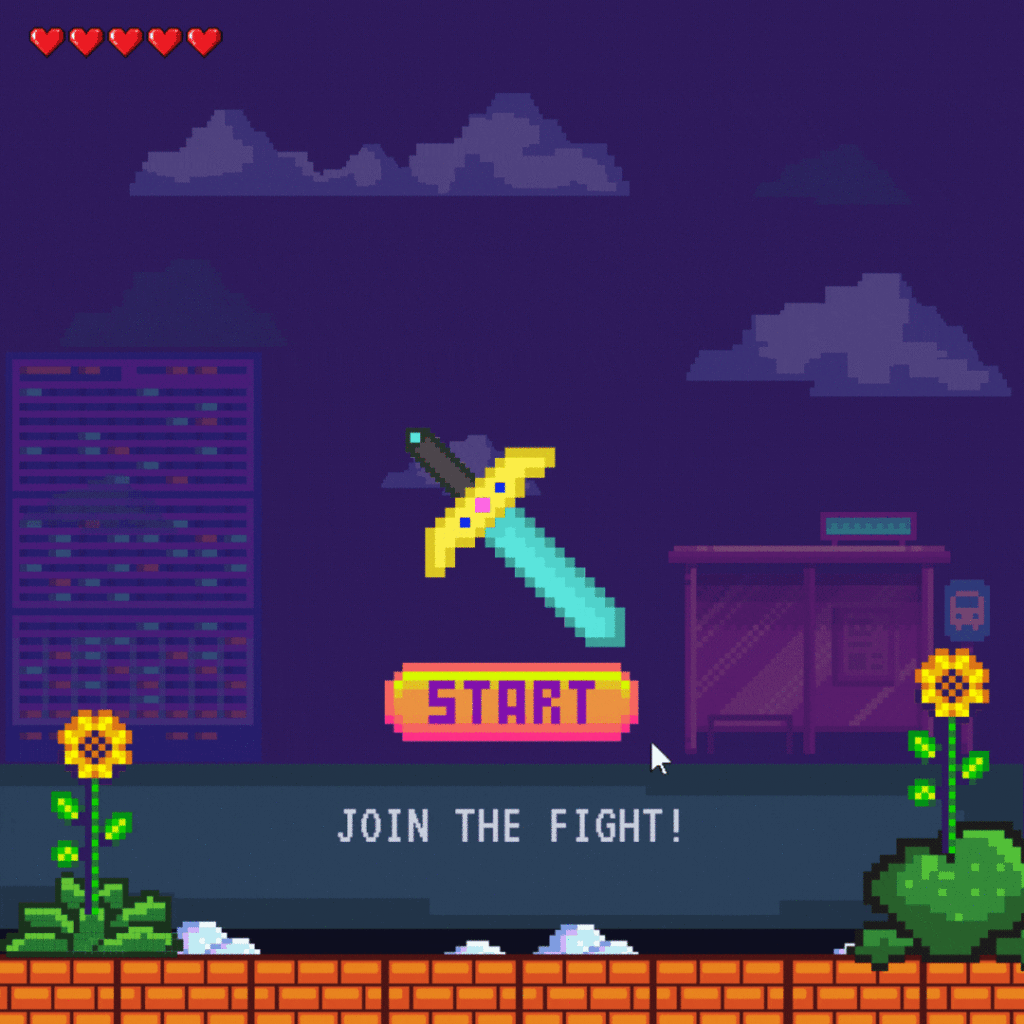Sustainability Series: The Fight Against Fast Fashion: The Tale of Ragman and Verdania
1. Highlighting 6D Playbook
Define the Problem
Excessive consumption of fast fashion has resulted in increased waste creation and carbon emissions, causing significant damage to the environment.
Determine Goals
Our primary goal is to promote a positive change in purchasing behaviour from fast-fashion to sustainable alternatives amongst participants.
Our secondary goals include increasing the recycling rate of textile products and consumption of sustainable fashion alternatives by 10%, and decreasing the overall consumption of fast fashion by 10% amongst participants.
Decide Target Behaviours and Emotions
We hope that participants will compete, collaborate, and actively learn about the alternatives and effects of fast fashion. Upon completion, participants would ideally adopt cost-effective fashion alternatives and recycle old textiles proactively. Furthermore, we wish to raise awareness and educate participants about the environmental, social and personal impacts of fast fashion.
Describe and Profile Players
Our primary target audience are tertiary students (aged 20-25) who are known to be avid consumers of fast fashion. A survey we conducted prior to designing the game backed this finding, with youths emphasising the significance of fashion in their lives and highlighting it as a means of expressing their identity. They chose affordability to be the key driving factor behind the popularity of fast fashion, with low awareness of the detrimental effects.
Design Gamification Strategy
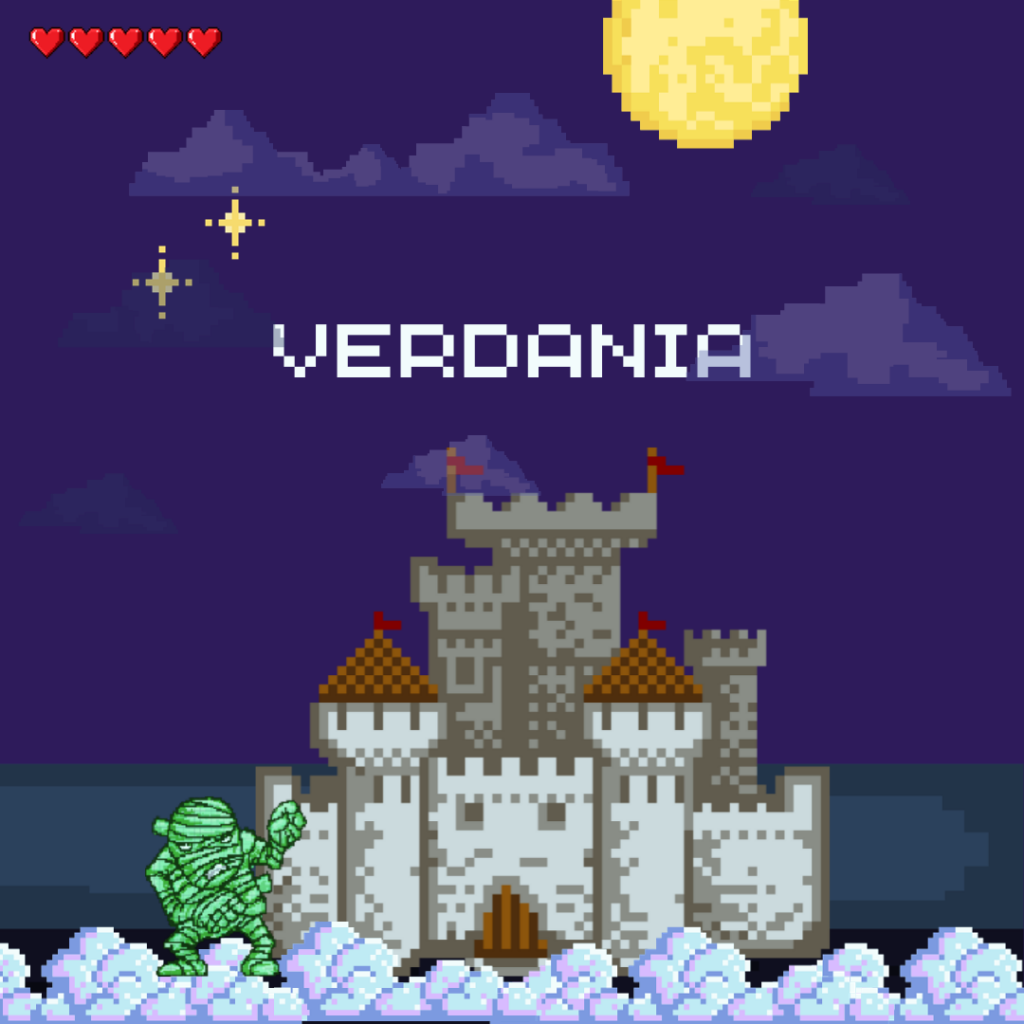
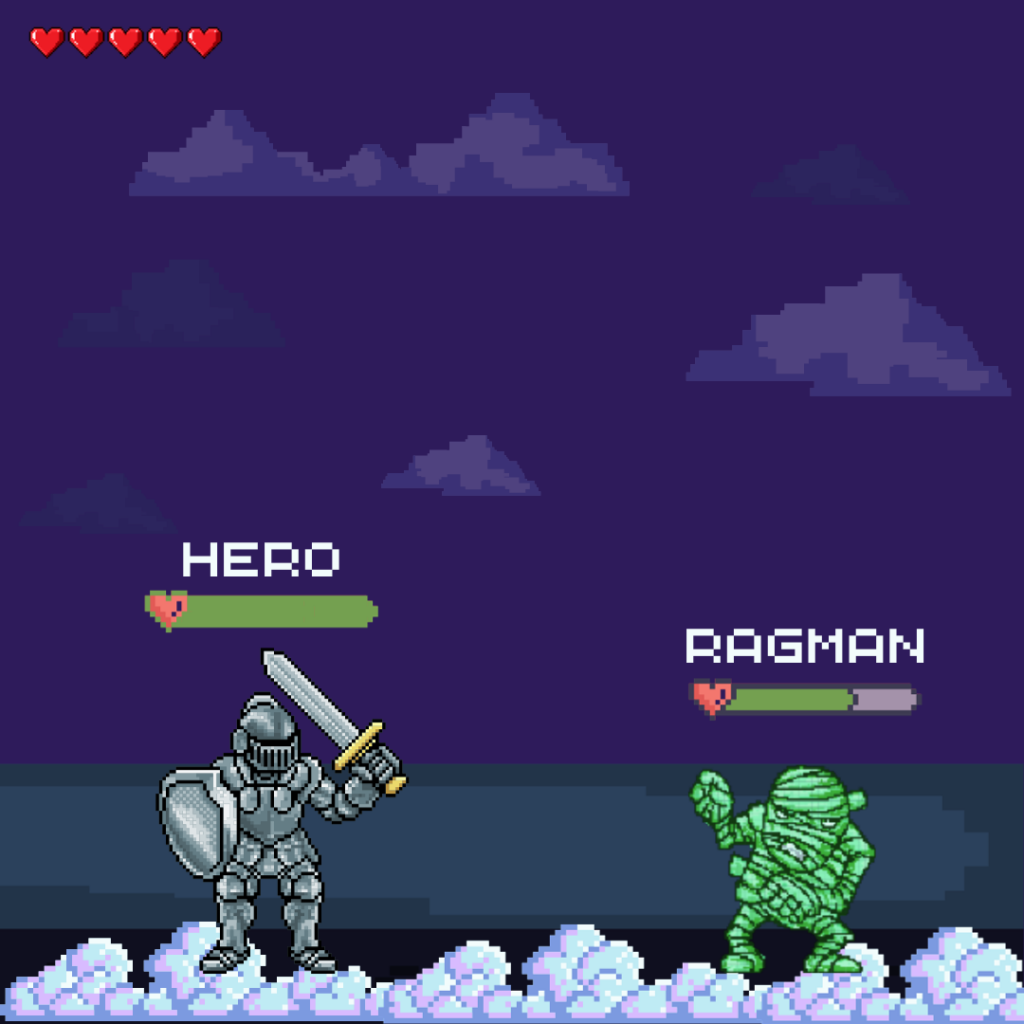
A classic hero and villain scenario is used to evoke nostalgia while participants learn about fast fashion and ways to be sustainable. Many youths are familiar with fairytale plots where heroes defeat and reform villains. Hence, participants will be drawn towards such familiarity to continue engaging with the storyline and the game.
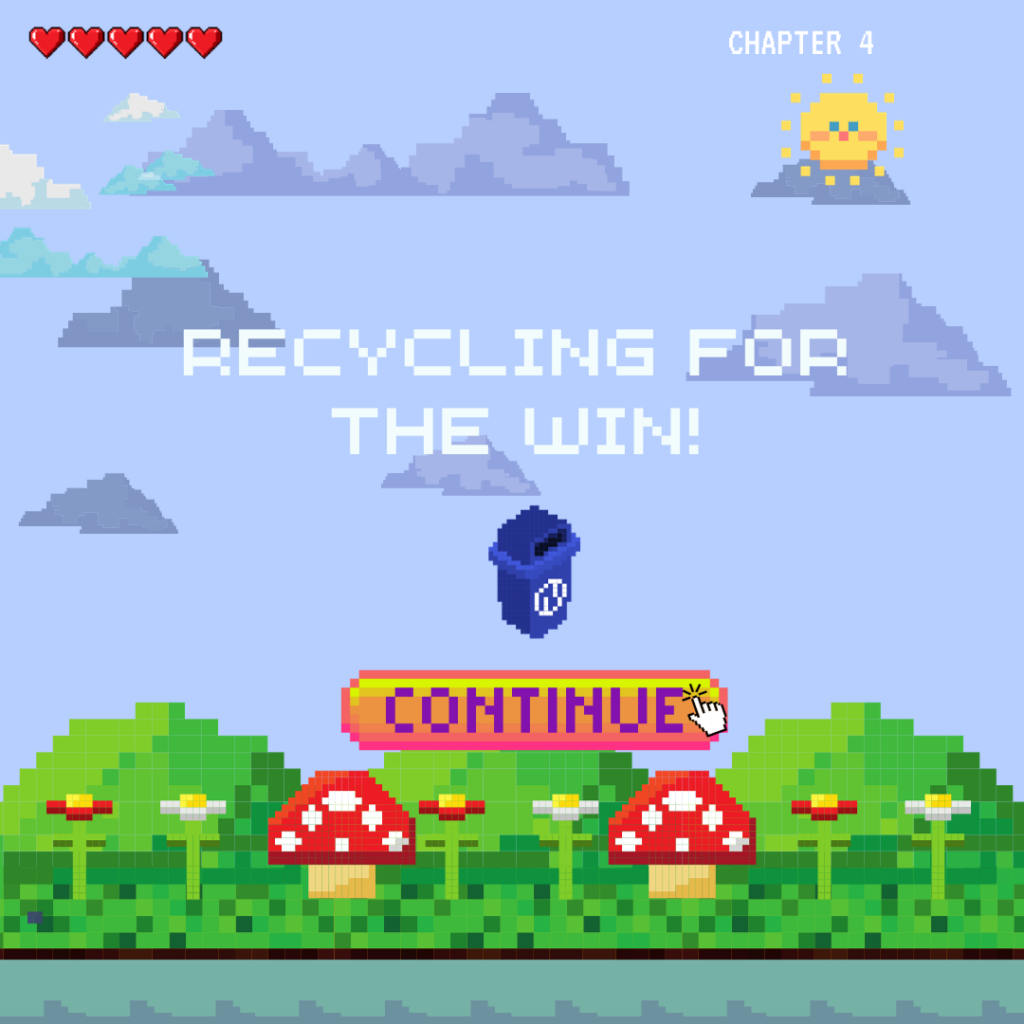
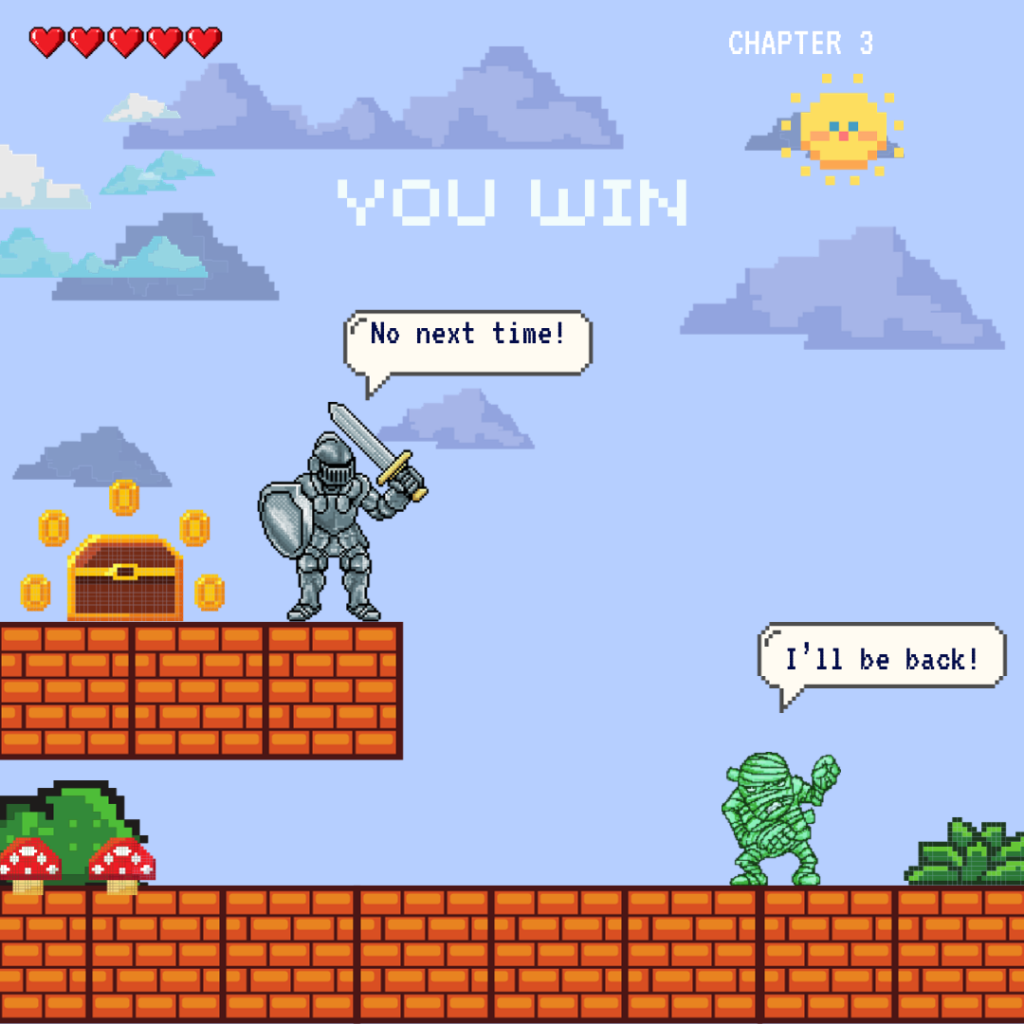
To amplify the nostalgia, we used a pixelated art style to fit the tale. Older games were created using pixel art and youths can relive such memories through our game. We also included theme-based GIF images to contextualise challenges, thus improving player engagement.
Additionally, to encourage competition and reward correct answers, we established a point-based achievement system. We anticipate this sense of accomplishment to serve as an inherent drive for players to continue playing, by increasing motivation, immersion and engagement through the leaderboard. Completion badges and voucher incentives are also provided for the top three on the leaderboard to further stimulate healthy competitiveness.
Diagnose and Analyse Content
Our game is segmented into chapters that focus on different topics related to fast fashion. To promote behavioural change, the game is designed to align with the Five Steps of Change — Awareness, Desire, Knowledge, Action, Perseverance.
From Chapter 1 to 3, we focused on promoting awareness by introducing fast fashion and its detrimental effects on both the environment and society. We also discussed how fast fashion affects consumers themselves and advocate a change in our participants.
From Chapter 4 to 6, we imparted knowledge on how they can make a change by using the three R’s – Reduce, Reuse and Recycle. A challenge is included at the end of each chapter to apply the concepts learnt and provide a call to action for the participants. This helps to instil a strong sense of accomplishment and accountability.
Given the fast-paced lifestyle, tertiary students tend to lose engagement with content that they already have knowledge on. In order to reduce the likelihood of mid-game dropouts, we cater to audiences of different knowledge levels by sharing content with varying levels of complexity. We also catered our game to the audience by shortening writeups to ensure that our game remains focused and digestible within our participants’ attention span.
Collectively, the challenges, questions, and write-ups will help our audience understand each topic while pushing them to reflect.
2. Addressing a Real World Issue
We addressed Sustainable Development Goal 12 on ensuring sustainable consumption and production patterns.
Excessive consumerism has a significant impact on the carbon footprint, bringing about lasting change on Earth. Given the influence of social media, the number of fast fashion consumers is growing as people succumb to the pressure of keeping up with the latest trends. This results in a cycle of overconsumption as consumers buy new outfits regularly and discard relatively new clothes that are out of trend which continuously worsens the state of the environment.
Our challenges help to increase consumer awareness, and provide them with alternatives to fast fashion products that will allow them to remain fashionable without breaking their bank and the earth.
3. Our Learnings and Reflection on the Project and Issue
Through this project, we got to apply the lessons learnt in the leadership and teamwork module. For instance, we learned how to work together as a team despite coming from different backgrounds.
Initially, completing a project in 13 weeks seemed daunting due to the limited time. However, as the weeks went by, we became more familiar with our individual workstyles, strengths, and weaknesses. This allowed us to better delegate tasks accordingly and complete them more efficiently and effectively.
As we dived deeper into the issue of fast fashion, we uncovered new information about how excessive consumerism to keep up with trends is causing more harm than good. We realised that fast fashion is a major issue that we must address before the repercussions become irreversible.
Furthermore, we discovered that there have been initiatives and practices put in place to combat the effects of fast fashion. This includes buying second-hand clothes from thrift stores and pop-up events such as The Hammock Market. These initiatives have set precedence in rectifying the negative impacts of fast fashion by advocating a more environmentally sustainable way of keeping up with today’s fashion trends
1. Play the game first.
2. Use the Template game for your own initiatives.
Credits: [AY2023/24] G4 Team 4 – Lam Yi Yong Andre, Ng Yan Han Elton, Tricia Wi, Quek Xinhui, Tan Kai Ern, Christabelle Andrea Teo Qi Yun, Ha Hyeonju, Micole John Evangelio Dela Cruz

